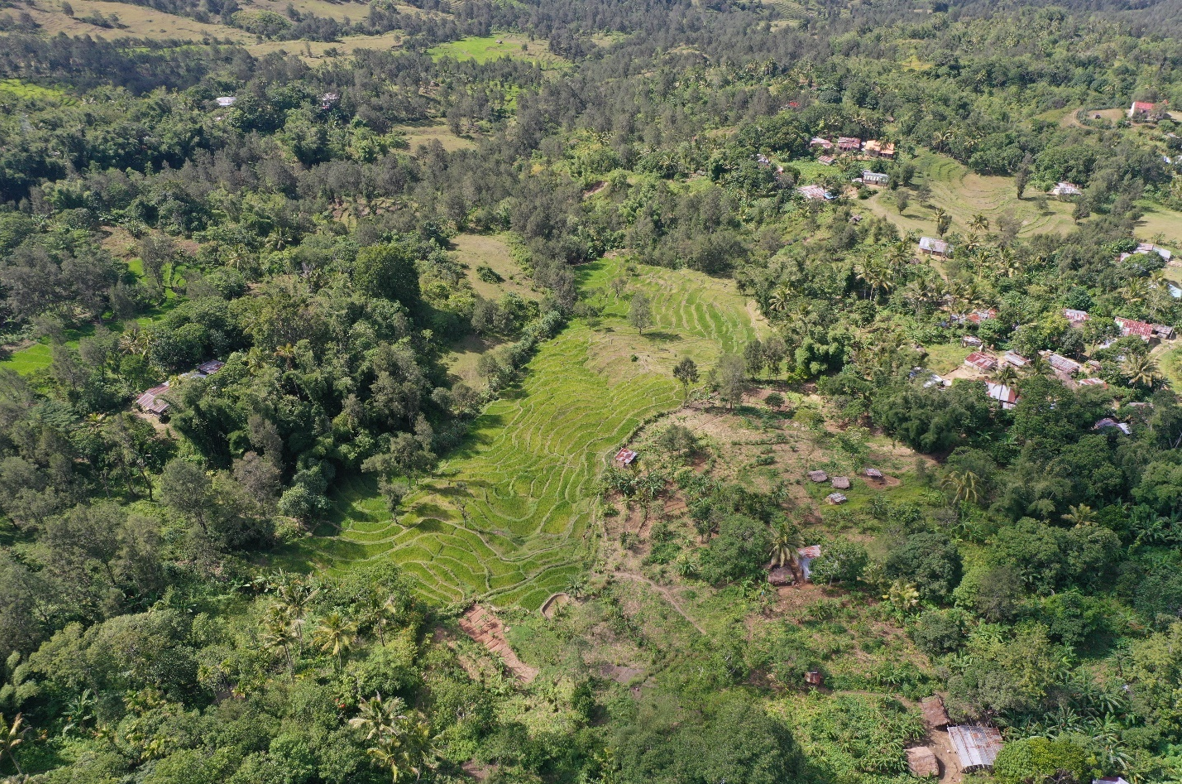Alarmingly, the forest cover of Timor-Leste is decreasing at 1.7% annually, a rate which is among the highest in Asia. Large contiguous areas of any one type of forest are rare, and over half the total lands
in the country are called ‘mosaic land use’, with settlements dispersed throughout the landscape, and a mixture of dense forest, swidden agricultural fields, regenerating forest fallows and grasslands used by villagers for sustaining their livelihoods.
Rural communities comprise over 70% of Timor-Leste’s population and they remain highly dependent upon forests for fuel, construction wood, food, traditional medicines, and many non-timber forest products. All citizens of Timor-Leste depend on wood for fuel and housing: fuelwood supply and consumption are issues of national significance, representing an important part of the national energy budget and associated links with food security, nutrition and health and forest management.
At the same time, the current sawn wood demand is met through imports from Indonesia or through unsustainable harvest from old plantations of species such as teak and mahogany. Very few native forests in Timor-Leste remain accessible for commercial production of wood. An expanded resource of commercial planted trees is needed to meet domestic needs for wood and offer opportunities for exports to regional markets. The existing wood processing industries remain basic and are mostly small and inefficient.
Forestry has been described as a “forgotten” sub-sector in Timor-Leste yet the sector has the capacity to increase employment of rural people (especially youth), restore the environment, increase rural incomes and in the longer term earn export income from tree products and timber. Despite the availability of land and the suitability of growing conditions, there has been, to date, no concerted effort to implement a significant, nation-wide, planted forests project based on partnerships between smallholders at the aldeia-level, Government and the private sector. Such a partnership needs long-term vision, with a horizon of at least 30 years. In addition, opportunities have emerged to grow trees in inaccessible areas to sequester carbon which might be marketed on global carbon markets. Fortunately, all interviews and consultations with stakeholders with an interest in forestry have been uniformly positive, welcoming potential EIB support to the sector.


